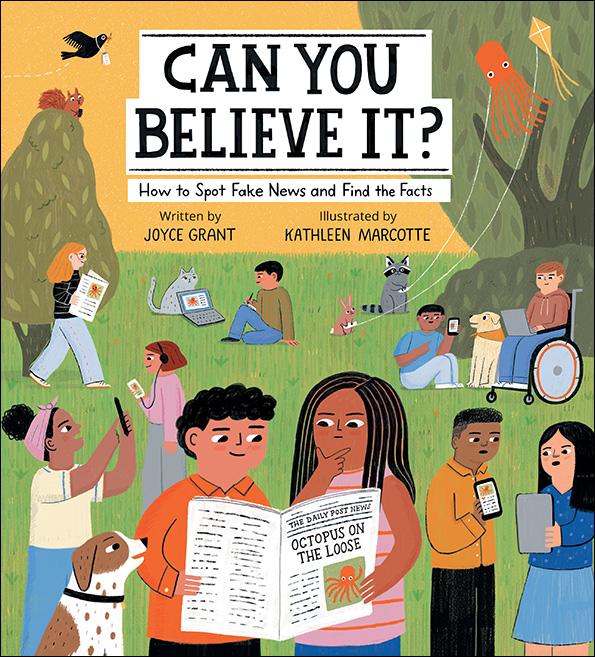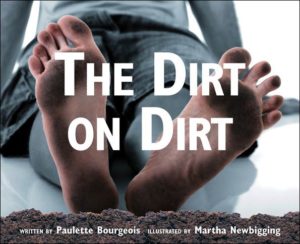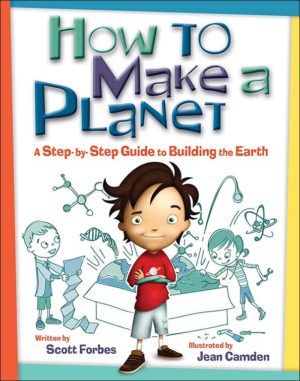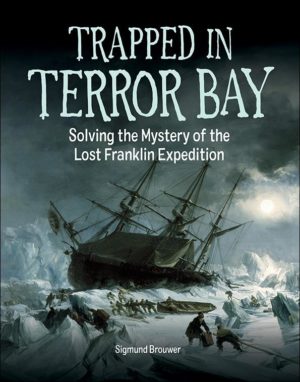Description
For today’s tech-savvy kids, here’s the go-to resource for navigating what they read on the internet.#Should we believe everything we read online? Definitely not! And this book will tell you why. This fascinating book explores in depth how real journalism is made, what “fake news” is and, most importantly, how to spot the difference. It’s chock-full of practical advice, thought-provoking examples and tons of relevant information on subjects that range from bylines and credible sources to influencers and clickbait. It gives readers context they can use, such as how bias can creep into news reporting, why celebrity posts may not be truthful and why they should be suspicious of anything that makes them feel supersmart.#Young people get most of their information online. This must-read guide helps them decide which information they can trust – and which they can’t.#Author and journalist Joyce Grant is an expert on how young people interact with and think about online media. Never judgmental, and often hilarious, she encourages readers to approach what they find online with skepticism and helps them hone their critical thinking skills to make good choices about what to believe and share. Engaging text is broken into manageable chunks, with loads of Kathleen Marcotte’s playful illustrations on every spread to help explain tricky concepts. Two fake articles are deconstructed step by step using the information found in the book, and an additional article allows readers to test their skills. This comprehensive book has strong curriculum connections in language arts and social studies. Endmatter features a glossary, an author’s note, sources and an index.





